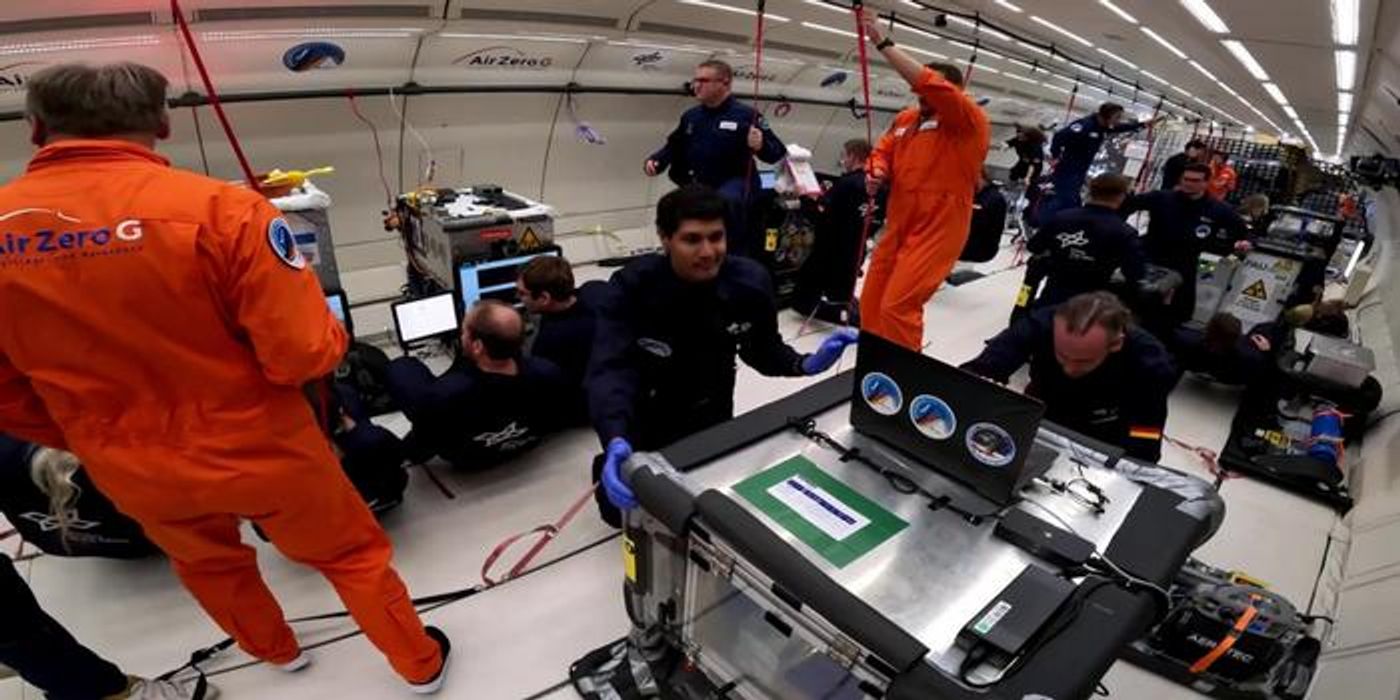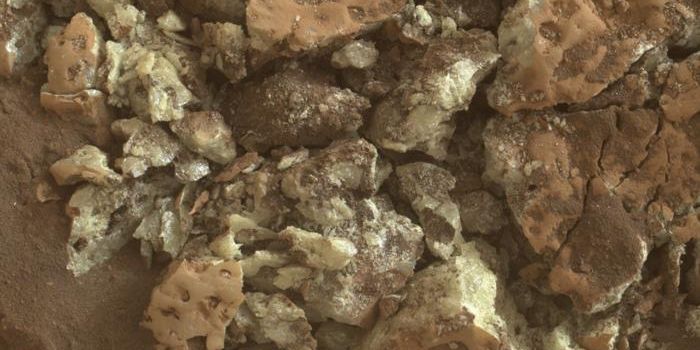Microgravity Muscle Printing Paves Way for Space Biomanufacturing
Can muscle tissue be 3D-printed in outer space to improve astronaut health? This is what a recent study published in Advanced Science hopes to address as a team of scientists investigated how human tissue can be manufactured in space. This study has the potential to help scientists, researchers, and the public better understand new methods for not only aiding in long-term space travel but also combating diseases on Earth.
For the study, the researchers used a series of parabolic flights to test G-FLight (Gravity-independent Filamented Light), which is a novel 3D printing biomanufacturing system capable of producing muscle cells and fibers in a matter of seconds. The purpose of the parabolic flights was to simulate microgravity, which is produced by the airplane sharply diving after gradually rising in altitude. The goal of the study was to ascertain if G-Flight could successfully 3D-print muscle fibers under microgravity conditions. In the end, the researchers found that G-FLight successfully produced muscle fibers under microgravity conditions during parabolic flights.
Image of the researchers on the parabolic flight that tested G-FLight. (Credit: ETH Zurich / Wiley Online Library)
The study notes in its conclusions, “We have presented G-FLight printing as an effective tool for the rapid gravity-independent fabrication of aligned tissues, focusing on muscle tissue as an application. The printer featured a robust and compact form-factor capable of printing aligned microfilamented tissue constructs within seconds. We optimized specific resin formulations, which allowed storage together with encapsulated cells under refrigeration or cryopreservation conditions for at least one week.”
This study comes as NASA and China are currently racing to land their astronauts on the lunar surface before 2030, while also having plans to send astronauts to Mars within the next decade. Therefore, studies like this demonstrate that advances in space biomanufacturing could prove useful for addressing health concerns for astronauts on long-term space missions beyond Earth.
How will G-FLight help improve space biomanufacturing in the coming years and decades? Only time will tell, and this is why we science!
As always, keep doing science & keep looking up!
Sources: Advanced Science, EurekAlert!









